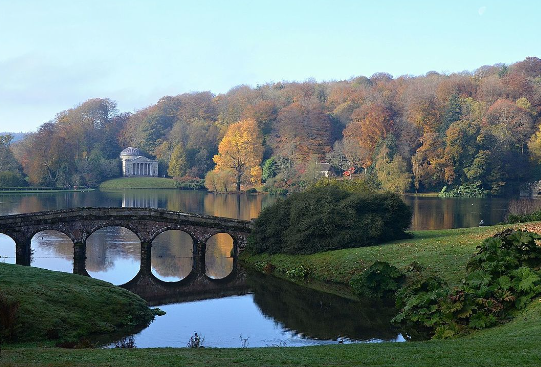Landscape Architecture: An Overview of a Multifaceted Discipline
Landscape architecture is a rich and evolving field that blends art, ecology, and design to enhance outdoor spaces. As urbanization continues to expand and environmental concerns rise, the role of landscape architects has become increasingly relevant. This article will explore what landscape architecture entails, its diverse applications, and the key benefits it offers communities and the environment.
Understanding Landscape Architecture
Landscape architecture focuses on the planning, design, and management of land and outdoor spaces. It encompasses various elements, including gardens, parks, urban plazas, and waterfronts. Landscape architects are involved in creating aesthetic, functional, and sustainable environments by assessing the land’s natural features and considering human needs. A deep understanding of ecology, horticulture, and design principles allows them to create spaces that harmonize with the environment while accommodating social activities.
The Role of Landscape Architects
Landscape architects play a crucial role in shaping our surroundings. They collaborate with urban planners, architects, and engineers to integrate green spaces into development projects. This collaboration ensures that landscapes are not only beautiful but also functional and sustainable. They utilize natural materials, native plants, and innovative design techniques to mitigate environmental challenges, such as stormwater management and urban heat islands. By considering the ecological impact of their designs, landscape architects contribute to healthier ecosystems and improved quality of life for residents.
Benefits of Landscape Architecture
Effective landscape architecture has far-reaching benefits for both individuals and communities. Well-designed green spaces provide opportunities for recreation, relaxation, and social interaction, fostering community cohesion. Research has shown that access to nature can improve mental well-being and promote physical health. Additionally, landscape architecture plays a vital role in addressing climate change. By incorporating sustainable practices, such as green roofs and permeable pavements, these designs can reduce runoff, enhance biodiversity, and lower urban temperatures.
In conclusion, landscape architecture is more than just designing beautiful spaces; it is about creating sustainable environments that benefit both people and the planet. If you’re interested in learning more about this fascinating field, consider exploring local projects, reading books on the subject, or even taking a course. The world of landscape architecture is vast, and there’s always more to discover!

